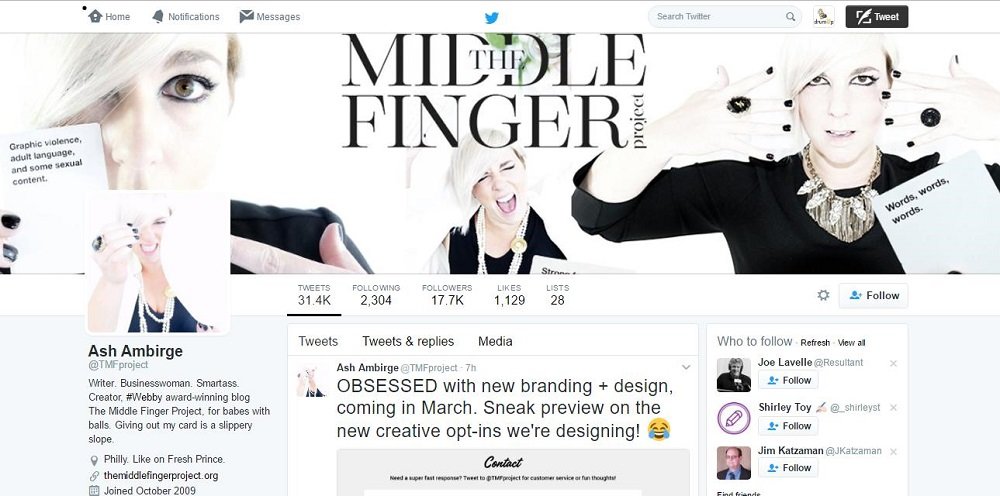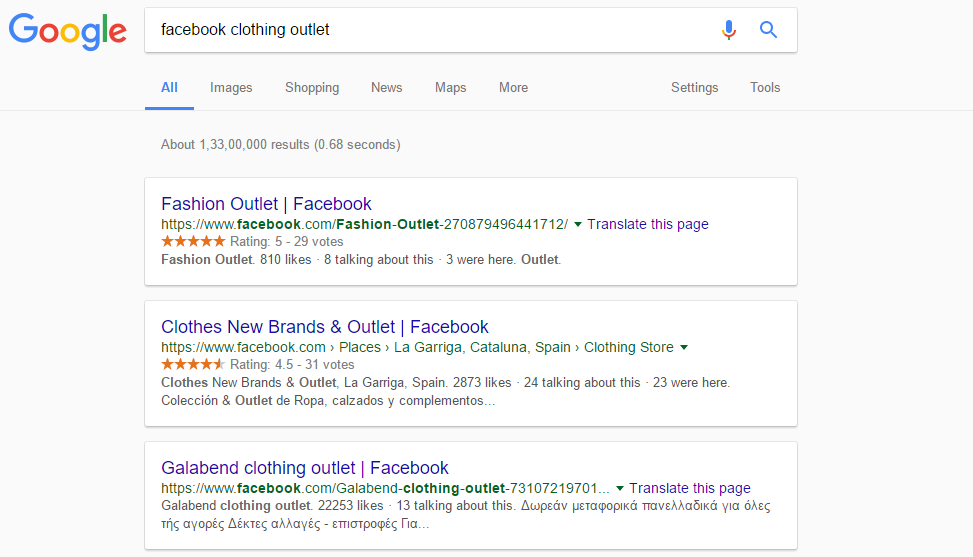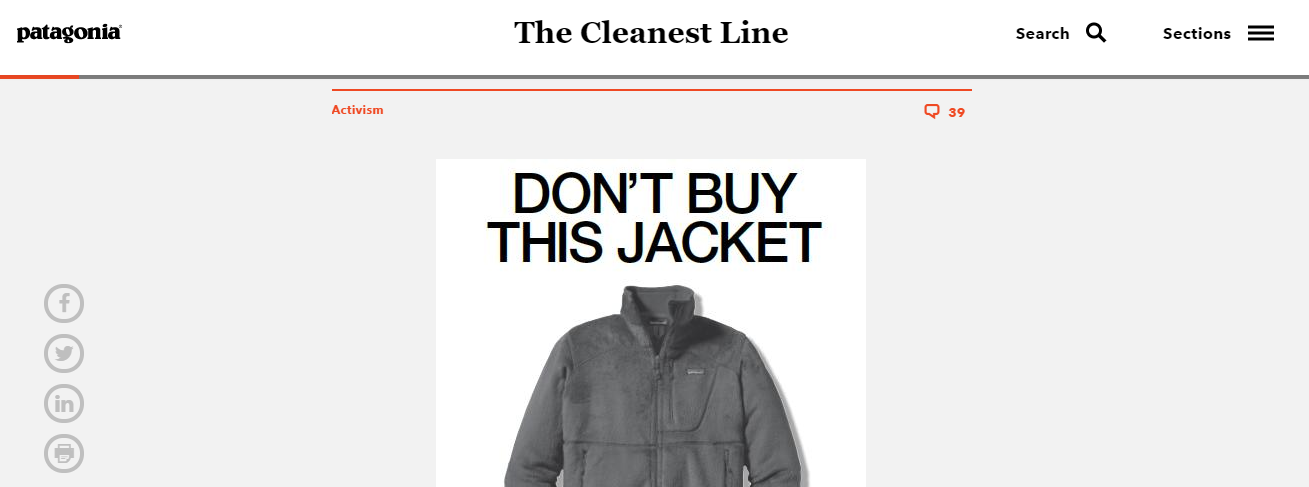Whether you’re building a brand on social media, marketing a business event, or campaigning for a cause, you’re fighting everyone else for space — not just your immediate competitors.
In today’s market, social media noise is a serious problem, hindering a company’s reach on the powerful marketing medium.
What’s more, today’s audience is constantly interrupted and have begun to show signs of ad aversion.
Why Social Media Noise Poses a Serious Marketing Threat
Social networks have grown more crowded, and users’ attention spans have dramatically dropped. About three years ago, Ogilvy predicted that reach for brand content on social would eventually drop to zero.

You could rely on social media ads if it wasn’t for the surge in usage of ad blockers, or your audience telling you they hate ads.
Despite these drawbacks, several brands are managing to engage communities and drive business through social networks.
Here are six organic strategies that will help you beat the social media noise.
1. Optimize Your Social Media Posts
This may seem basic, but it can’t be said enough. Every post you publish should have the right sized images, clear and compelling text, the right link, and social tags.
- Use the right image sizes for social posts on each platform.
- Add @mentions/tags and #hashtags wherever it makes sense.
- Steer clear of zero value posts. Only share what has substance.
- Use a mix of different types of social media content known to invite engagement.
Your first task should be replacing wordy and cluttered writing with the bare essentials. I barely read these days, to be honest, and long social media posts from brands? Almost never.
Remember that you’re speaking to an audience who has no real reason to listen to you and can easily scroll past your post for the next, more interesting one.
What is your message? What do you want your audience to do? Keep it straightforward and simple.
Substitute long stringing sentences for phrases that convey exclusivity, urgency, and benefits. You could also use storytelling to build a powerful brand, and it doesn’t even have to be your story. It could be a story told by one of your customers.
Sunday Morning, Atlanta. —Photo by Customer Cameron Thornton. Kindly shared with us, so we could share with you. pic.twitter.com/fD5AhKlZOL
— Starbucks Coffee (@Starbucks) February 9, 2014
It’s a good idea to test your copy where stakes are low — on teammates or old customers/clients — before you publish it publicly. You can also set up A/B tests and measure them using social media analytics tools.
2. Discover What Drives Your Audience
Disciplines like SEO and content have deep-seated benefits when you understand the audience well — not at the demographics level, but at the behavioral and intent level.
On a general note, today’s audience is tough to captivate. They have an attention span of seconds. They have options, and the ability to switch between them easily.
You need powerful storytelling and content that connects with your audience to make an impact on them. To do that, you need to answer these questions about your target groups.
What is their most urgent concern?
To persuade someone to buy, you need to know what drives their purchase decisions.
- What concerns them?
- What problem will they pay you to solve?
These insights can tilt the scales in your favor and give you an advantage when creating your design and copy.
How do they consume their content?
If you use content marketing to connect with your audience, then you need to understand how they consume content.
- Are they primarily mobile readers?
- Do they rely on blogs for information or do they follow industry experts on social media?
- Which publications do they follow?
Once you have that information, you can build your content marketing resources and plan your distribution.
What are their interests and passions?
You can go a long way with people if you can make them laugh, tell them an inside joke, entertain them, or initiate deep discussions about their passions.

3. Create Your Own Space
The mass market is saturated, as Seth Godin has astutely pointed out in his TED talk.
That’s why SEO experts go after long-tail keywords these days, and content marketers create guides focused on small but specific audience groups.
- Identify small areas where you can excel and standout.
- Use your content to speak to that audience, not everyone.
Having lots of engagement on your social media pages doesn’t mean you’re getting a lot out of it. Shares aren’t everything. Blog posts that barely get any shares can sometimes end up driving more conversions.
Ash Ambirge is a consultant for entrepreneurs, but instead of just being that and competing with thousands of others in that space, she decided to focus on women who defy the status quo.

4. Invest in the Right Channels
When and where you place your content matters just as much as its substance. Marketing trends shift pretty quickly, so it pays to stay updated on what’s working at present.
Regular people (friends and family) and industry experts are more influential on the internet than brands, according to Edelman’s Trust Barometer 2017.

So instead of using your official accounts and ads to power content distribution, you could work on getting influencers and micro-influencers on board.
Micro-influencers can be anybody in your email database or on your social media pages. Old customers are great advocates, and so are employees, enthusiastic fans, and interested industry experts.
So how do you find them and turn them into advocates?
Monitor social media conversations
Set up alerts for your brand name and important keywords. Also monitor important hashtags, influencers on list, and keyword combinations that might help you find them.
For instance, “social media marketing” + “expert” or “social media marketing” + “trend” might lead you to stumble on an expert interview series or somebody active in the space, discussing a new trend.
Build relationships with influencers
Influencer marketing is quite like PR because you need to first build those relationships before you can cash in on them.
Ensure that you and your influencers share the same principles and are just as passionate about your brand and the industry. Take an interest in what they do and offer them something of value in exchange for their services.
Motivate them to share
Interestingly, money isn’t the only motivator. Many times, transparency, brand fit, and good visibility matter more to an influencer than payment. When building a rapport with your influencers, you can observe and identify what is likely to motivate them.
5. Optimize for Search
Search engine optimization vs social media search optimization
There is a distinct difference between search engine optimization and social media search optimization. Without clarity on where you want to rank, you can’t create a solid strategy.
For instance, when you have the keyword in your Facebook page name, Google picks it up and ranks you above world class companies.

It’s unlikely that you recognize any of the brands on that results page.
To rank on Facebook, you need to have the keyword as part of your sub-categories and mentioned in your page description.
Factors to consider when targeting top SERP positions
Search engines also consider social reputation and engagement when ranking social accounts. That makes sense because social accounts are easy enough to create and many agencies create multiple accounts to generate fake buzz.
Fake accounts are easy to recognize because of their social media footprints — they have few “real” friends and barely any posts or engagement.
Google factors the engagement on social media posts when ranking accounts, according to Larry Kim’s experiment and instances where Google representatives have divulged details.
That brings us back to sharing quality content specific to your audience and following the other points discussed in this article.
The benefit of interpersonal interaction on social networks
When you personally interact with connections on Facebook, your content is likely to improve its position on their feeds. That is probably why content friends and family rank above content from brands on the social media platform.
You could also tag or mention influencers or intended targets of the content to directly deliver your content. You should do this only when it is relevant, of course — say when you have featured influencers in the post you are sharing or when you want to bring something specific to someone’s attention.
Don’t abuse tags. Doing so will destroy their significance.
Curating influencer content and then mentioning them on that will not only put you on their radar, but give you access to their following.
6. Don’t Sell, Stun
The quickest way to lose your social media audience is to begin selling right off the bat. According to HubSpot research, social media users yearn for entertainment, information, and resources that can benefit them.

The approach you take matters. You can talk about something two ways — from your perspective and your audience’s. Which one do you presume is more effective?
The key to marketing is relationships. You can’t build relationships by focusing solely on your benefit.
Instead, give away value for free, as a promise of what your prospective consumers can expect from you in the long term.
When creating your content, don’t think about how you can sell, but how you can help. That is how you will get your audience’s attention.
Never pass up the opportunity to entertain your audience, it’s a great way to build rapport and brand loyalty.
Summary
Feeling overwhelmed by all this information? Don’t be. Here’s what to do now.
Add one strategy to your schedule each week. Set aside 20 minutes to read through and implement it. In about six weeks’ time, you should have improved your social media marketing results.
Social media noise is a problem that marketers are dealing with everyday, even when they don’t have to. With the right strategies in place, you can overcome the obstacle and reach your target audience.
Image Credits
Featured Image: Unsplash
Screenshots by Jessica Davis. Taken May 2017.




